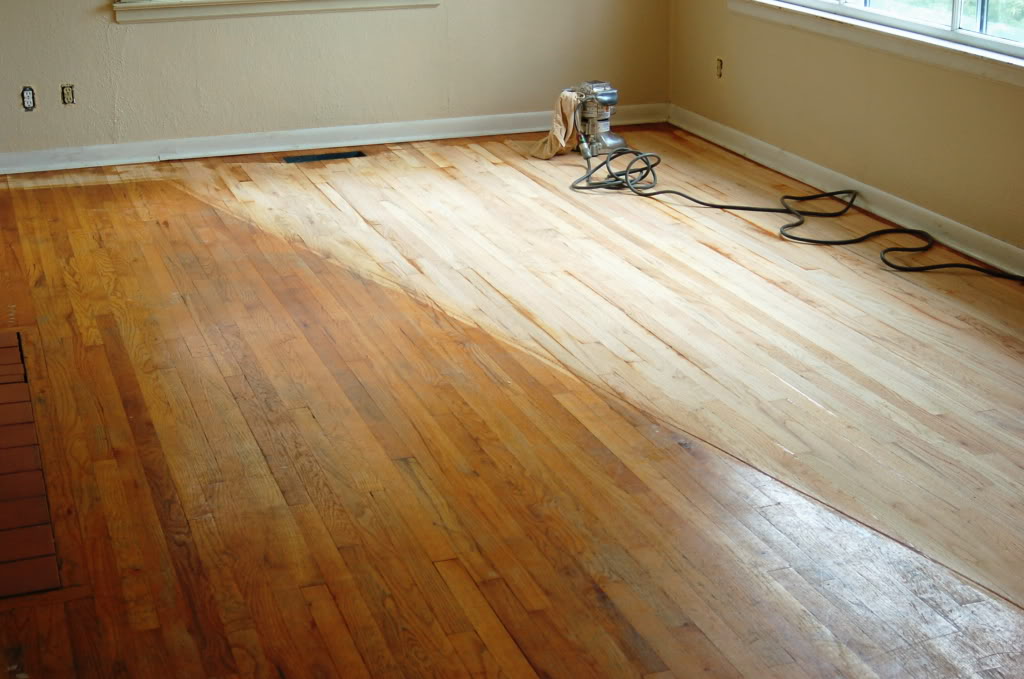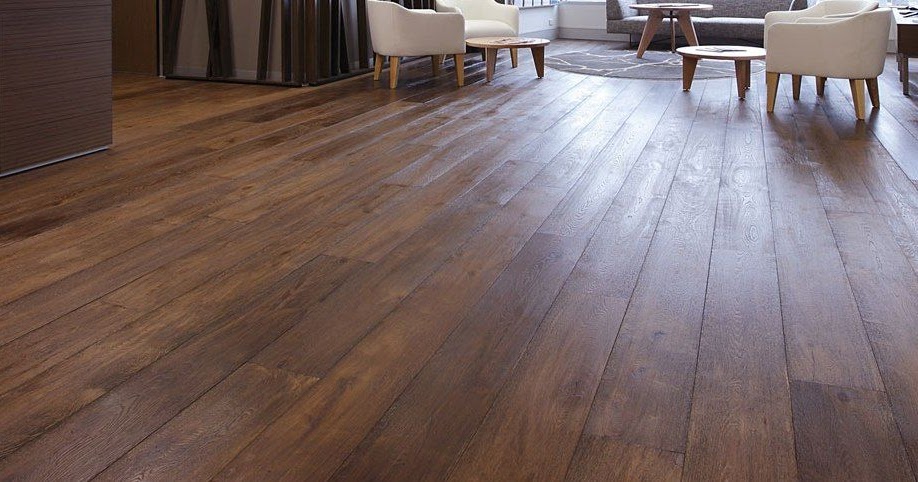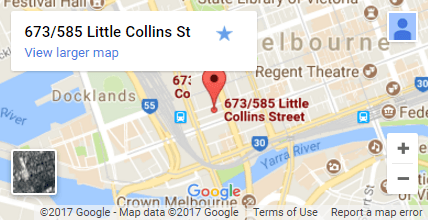Are your once-gleaming hardwood floors now showing signs of wear and losing their lustre? If the thought of sanding them down fills you with dread because of the mess and disruption it brings, don’t worry! You’re in for a treat. In this article, we will unveil a straightforward and hassle-free method to polish your hardwood floors without reaching for the sandpaper.
These simple steps will help you revive your floors’ natural beauty and shine without the need for intensive sanding. Get ready to know how to polish a timber floor and your hardwood floors a fresh lease on life with this easy floor polishing Melbourne guide!
Let’s jump in and discover the secret to enhancing your floors’ allure without the sanding fuss!
Understanding the Importance of Floor Polishing
Why Polish Hardwood Floors?
Polishing hardwood floors is essential to maintain their longevity and appearance. Over time, daily wear and tear, spills, and foot traffic can lead to scratches, dullness, and a lacklustre appearance. Regular polishing timber floors helps restore the shine, fills in minor scratches, and enhances the overall aesthetics of your hardwood floors.
Why Choose Polishing Without Sanding?
Maintaining hardwood floors often involves deciding whether to sand or explore alternative methods like polishing without sanding. Several compelling reasons make hardwood floor polishing service without sanding an attractive choice for rejuvenating hardwood floors:
Preservation of Wood Thickness
Preserving the thickness of hardwood floors is crucial, especially if they’ve been sanded multiple times before. Polishing without sanding helps maintain the wood’s original thickness, preventing excessive surface layer removal.
Less Disruption and Mess
Sanding floors can be a messy and disruptive process. Choosing to hardwood floor polish and cleaner without sanding minimises the chaos and inconvenience associated with sanding, allowing for a quicker and more hassle-free restoration process.
Cost-Effectiveness
Polishing without sanding can be a more cost-effective solution compared to full sanding and refinishing. It requires fewer materials and less labour, making it a budget-friendly option for revitalising worn-out hardwood floors.
Environmentally-Friendly Approach
By avoiding the removal of layers through sanding, polishing without sanding aligns with eco-conscious practices. It reduces the amount of wood material wasted, contributing to a more sustainable approach to floor maintenance.
Quick and Convenient
Polishing without sanding offers a quicker and more convenient alternative to sanding. The process typically requires less time, allowing for a swift restoration of shine and beauty to the floors without the extended downtime of sanding.
While polishing without sanding presents various benefits, it’s important to note that professional floor polishing Melbourne services sometimes recommend sanding for specific cases. Sanding remains valuable, especially when floors have deep scratches, severe damage, or stubborn finishes. Professional assessment and floor preparation might sometimes necessitate sanding as the initial step before polishing to ensure a smooth, flawless finish.
Understanding the advantages of polishing without sanding is crucial. Still, it’s equally essential to acknowledge that when done by skilled professionals, sanding can complement and enhance the results of timber floor polishing , leading to a perfectly restored and stunning hardwood floor.

Preparation for Polishing
Gather the Necessary Tools and Materials
Before you begin the polishing process, gathering all the tools and materials you’ll need is essential. Here’s a list of items you should have on hand:
- Soft microfiber mop or cloth
- pH-neutral hardwood floor cleaner
- Polish or wax specifically formulated for hardwood floors
- Bucket
- Water
- Soft-bristle broom or vacuum cleaner (for removing loose dirt and debris)
Remove Loose Dirt and Debris
Start by removing any loose dirt and debris from your hardwood floors. This can be done using a soft-bristle broom or a vacuum cleaner with a hardwood floor attachment. Ensure that the surface is free from any particles that could potentially scratch the floor during the polishing process.
Clean the Floors Thoroughly
Once the loose dirt is removed, it’s time to clean your hardwood floors thoroughly. Dilute a pH-neutral hardwood floor cleaner according to the manufacturer’s instructions and mop the entire floor surface. Be careful not to saturate the floors with excess water, as excessive moisture can damage the wood. Make sure to dry the floor completely before proceeding to the next step.
Polishing the Hardwood Floors with the best timber floor polish
Choose the Right Polish or Wax
Selecting the appropriate professional who know about hardwood floor polishing machine, polish or wax for your hardwood floors is crucial for achieving the desired results. Look for a product that is specifically formulated for hardwood floors, as using the wrong type of polish can lead to a sticky residue or a dull appearance. Take into consideration factors such as the type of finish on your floors (e.g., oil-based or water-based) and any special instructions provided by the manufacturer.
Apply the Polish or Wax
Before applying the polish or wax, carefully read the instructions provided by the manufacturer. It’s recommended to work in small sections to ensure even coverage. Dip a soft microfiber mop or cloth into the polish/wax and apply a thin, even layer to the floor. Make sure to follow the grain of the wood while applying the product. Allow the polish/wax to dry as per the manufacturer’s instructions.
Additional Steps for Wax-based Polish
If you are using a wax-based polish, an additional step is required. Once the polish has dried, use a clean microfiber cloth or buffer to buff the floor surface gently. This step helps create a smooth and glossy finish.
Repeat the Process if Necessary
Once the first coat of best timber floor polish or wax has dried completely, assess the appearance of your hardwood floors. If you feel that they require additional shine or if there are any missed spots, repeat the application process following the same steps outlined above. It’s essential to avoid over-application, as it can lead to a sticky or uneven result.
Maintenance and Care Tips
Regular Cleaning
To maintain the lustre of your polished hardwood floors, it’s crucial to establish a regular cleaning routine. Here are some tips to keep your floor like polished timber floor looking their best:
- Use a soft microfiber mop or cloth for routine cleaning to prevent scratches.
- Avoid using harsh cleaning chemicals or abrasive substances that can damage the polish or wax.
- Clean up spills immediately to prevent staining or damage to the wood.
- Place doormats at entryways to minimise the amount of dirt and debris brought onto the floors.
- Consider using protective pads underneath furniture legs to prevent scratches.
Periodic Refreshing
Over time, the polish or wax on your hardwood floors may start to wear off. To maintain polished timber floor to shine, consider periodic refreshing using the same polishing process outlined in this article. Regular refreshing will help extend the lifespan of the polish/wax and keep your floors looking beautiful and polished.
Polishing hardwood floors without sanding is a practical and convenient way to restore their natural beauty. By following the steps outlined in this article, you can achieve stunning results without the hassle and mess of traditional sanding methods. Remember to get help from Timber Floor Sanding Melbourn for expert floor polishing Melbourne services. Our experts have the necessary tools and materials, will prepare the floors properly, choose the right polish or wax, and apply it with care. Regular maintenance and care are essential to preserve the polished appearance of your hardwood floors. So, go ahead and give your floors a rejuvenating polish to bring back their original shine and splendour!


